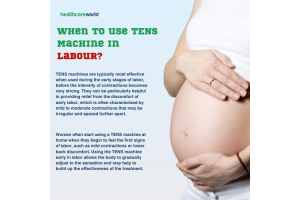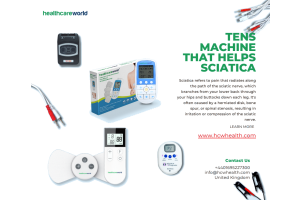We use cookies to make your experience better. To comply with the new e-Privacy directive, we need to ask for your consent to set the cookies. Learn more.
Under Pressure – Do you know your blood pressure levels?
As a former nurse I find myself continually correcting people like my own mother who, when describing other folks’ ailments, say things like
“ He’s got blood pressure you know. “
To which my response is usually along the lines of
“ Well he’d be in trouble without it! “
The term blood pressure refers to the process of blood being pumped via the heart around the rest of the body and the necessary force (pressure) required to push the blood along the blood vessels. Therefore some level of blood pressure is required for this action to take place but health problems can occur when blood pressure is high as this puts extra strain on the arteries and heart. Elevated blood pressure can mean an increased risk of suffering from a heart attack or stroke and in many people there are no obvious signs or symptoms. Therefore it is a good idea to keep a weekly or monthly check on your blood pressure even if you feel well.
Blood pressure is measured in mm/Hg millimetres of mercury and is written as one figure over another figure, for instance 130/80 mm/Hg
The first, top number is the blood pressure level when the heart beats and when the pressure is at its highest – systolic. The second, bottom figure is the lowest pressure level when the heart is relaxed – diastolic.
A Guide to Blood Pressure Readings
- 90 over 60 (90/60) or less: You may have low blood pressure.
- More than 90 over 60 (90/60) and less than 120 over 80 (120/80): Your blood pressure reading is ideal and considered healthy.
- More than 120 over 80 and less than 140 over 90 (120/80-140/90): You have a normal blood pressure reading but it is a little higher than it should be, and you should try to lower it.
- 140 over 90 (140/90) or higher (over a number of weeks): You may have high blood pressure (hypertension) – see your doctor or nurse for further advice






